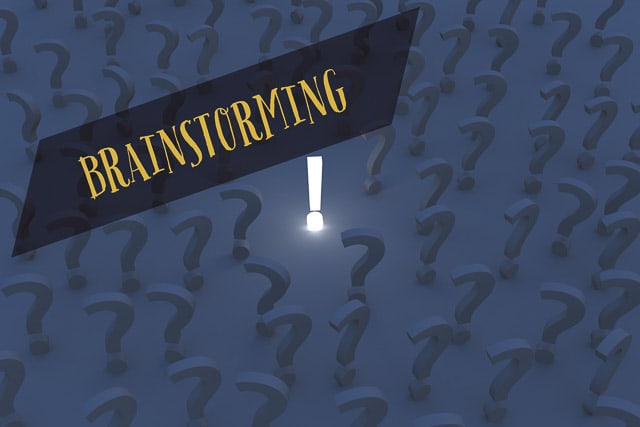During our discussion of Fake News, we realized that our students need more practice in the critical evaluation of information. We saw an opportunity to create a collection of lessons that teach critical thinking in various disciples such as math, science, history and English. Here’s a great example from math How to Lie, Cheat, Manipulate, and Mislead using Statistics and Graphic Displays. 3.9MB pdf
The point of modern propaganda isn’t only to misinform or push an agenda. It is to exhaust your critical thinking, to annihilate truth.
— Garry Kasparov (@Kasparov63) December 13, 2016
Assignment:
Come to class with ideas to share. You will have 5 mins each to give an “elevator pitch.”
So this coming week all students will brainstorm what content those lesson might cover, and how we might deliver the lessons. They might be standalone lessons or we might try to pick a common theme and approach it from different disciples. We’ll see.
This will likely be a multi-week project and a chance to use some new tech tools in a project-based approach. Plus when we are done, we’ll have a showcase product to share.
Here’s some content ideas we got started:
- Visual literacy – looking at images
- Map how to read news article
- Design and read infographic
- Lie with statistics
- Mr DNA guide (that guy from Jurassic Park)
- English – propaganda, world of text and author
- History – how narrative can be used to frame events from point of view. How do you look at evidence.
- Bad examples of critical thinking.
Delivery ideas:
- PDFs
- Blog posts
- Prezi, Powerpoint, Keynote
- Infographics
- Cartoon characters like Toontastic 3D
- Tests – Kahoot
- Memes
- Games
This project serves a number of purposes:
- Work on our digital literacy skills
- Focus first on good instructional design
- Explore design and deliver of PBL
- Interdisciplinary approach allows all students to contribute from their perspective
- Address an issue of critical importance
- Provide a vehicle for utilizing a variety of tech tools
- Provide an opportunity for assessing the efficacy of our methodology and tech tool selection
Image Credit: Flickr: Chris Potter 3D Bright Idea
ccPixs.com



